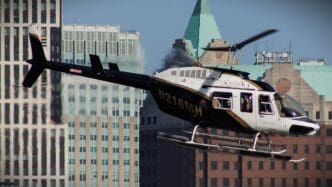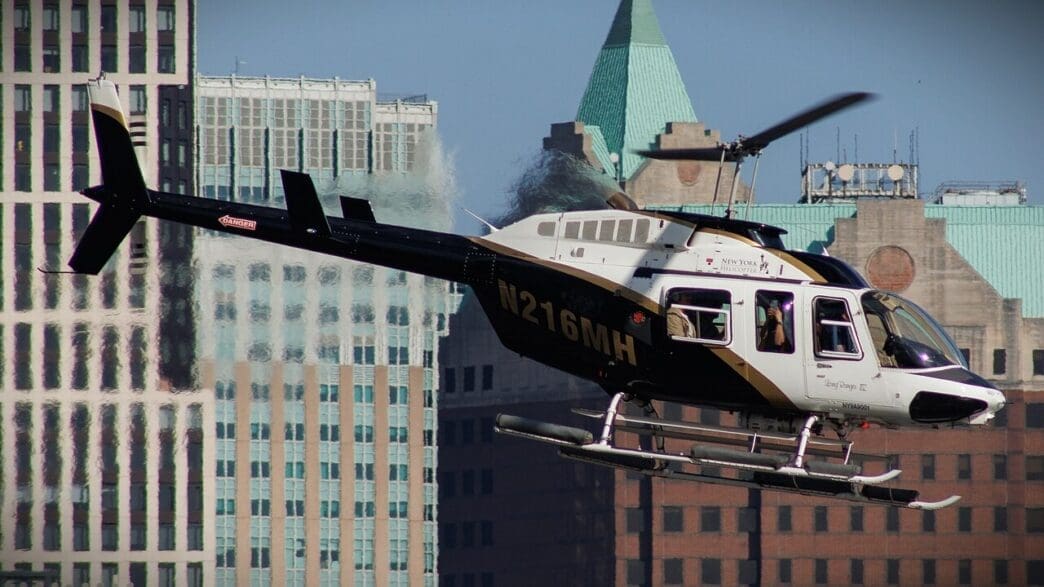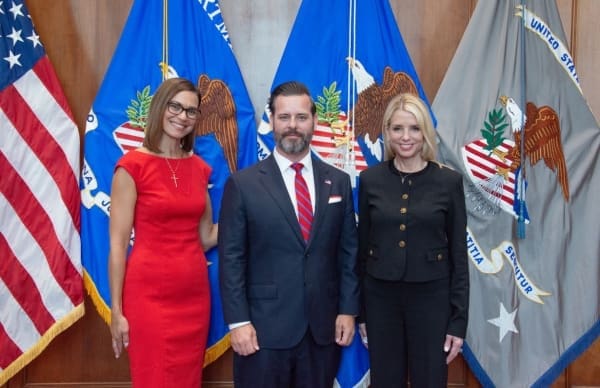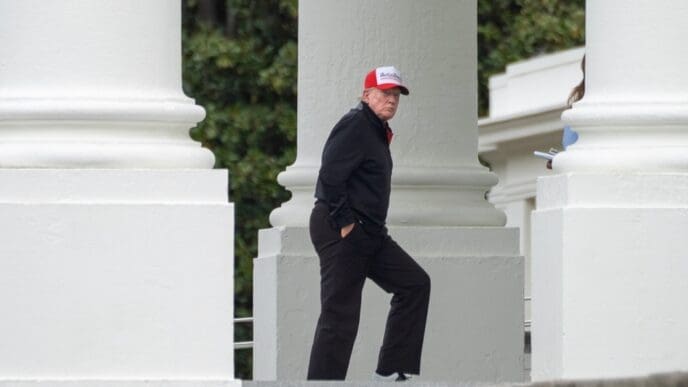A tragic helicopter crash over the Hudson River has resulted in the deaths of six individuals, including a family from Spain and their pilot, in the latest aviation disaster to strike the United States. The helicopter, a Bell 206 model known for its widespread use in commercial and government aviation, disintegrated midair before plummeting into the water between New York City and New Jersey. The accident occurred during a sightseeing tour, which was meant to celebrate the ninth birthday of one of the family’s children.
The victims have been identified as Agustin Escobar, a Siemens executive, his wife Mercè Camprubí Montal, an energy technology company manager, and their three children. All were killed alongside the pilot in the crash, which officials are rigorously investigating. The National Transportation Safety Board is leading the inquiry into the cause, though no new information has yet emerged.
Mayor Eric Adams of New York City expressed condolences, describing the tragic incident as a part of typical tourist activity that offers aerial views of the city skyline. The family had been visiting the area for a business trip, with plans to extend their stay for the birthday celebration. Photos from the helicopter company show the family smiling before the ill-fated flight.
The flight took off from a downtown heliport, journeying along the Manhattan skyline and towards the Statue of Liberty before the crash. Witnesses in New Jersey reported seeing the helicopter disintegrate in the air, with large pieces falling into the Hudson River amid smoke. Recovery efforts quickly ensued, retrieving the aircraft’s wreckage and victims’ bodies from the river.
Inquiries at New York Helicopter, the company operating the flight, yielded no immediate statements, though the owner expressed devastation. Experts suggest a catastrophic mechanical failure may have stripped the pilot of control, leading to the swift and fatal descent. Aviation lawyer Justin Green noted that such mechanical failures give pilots little chance to avert disaster.
Accidents involving helicopters are not new to New York City, a hub for aerial tours and transportation. Historical data shows significant fatalities from previous incidents, including notable crashes in 2009 and 2018. The recent calamity resurrects discussions on imposing stricter regulations on helicopter traffic in Manhattan.
The Societal Shift
In light of this tragic accident, the discourse around helicopter safety and regulation is likely to intensify. The incident underscores the risks associated with aerial tourism, particularly in densely populated urban areas like New York City. Residents and tourists alike might reconsider their travel options, which could impact the local tourism industry reliant on such transport services. Community advocates and city officials may push for stricter regulatory measures or even complete bans on non-essential helicopter flights to enhance public safety.
For families and individuals interested in aerial views of the city’s iconic skyline, this tragedy may serve as a stern warning about the inherent dangers of such excursions. Potential travelers might opt for alternative sightseeing methods, leading to a possible shift in tourism trends and impacting businesses dependent on helicopter operations. Additionally, this incident may accelerate technological advancements in aviation safety, prompting manufacturers and operators to implement more robust safety protocols. As the investigation unfolds, the aviation industry could see heightened scrutiny to prevent future occurrences, ensuring passenger safety and public confidence in air travel.











